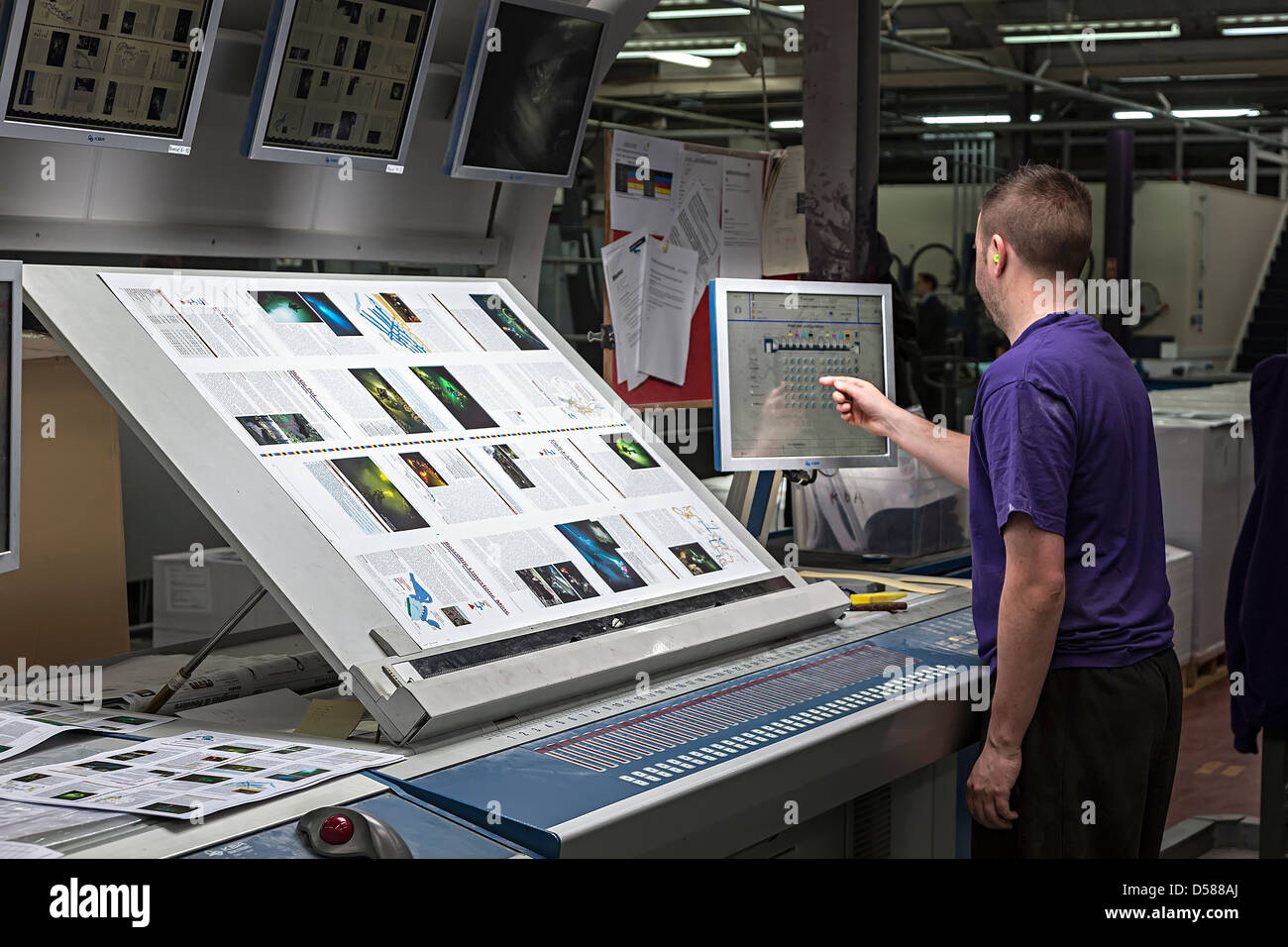Affordable litho printing Solutions for Your Brand
Affordable litho printing Solutions for Your Brand
Blog Article
A Comprehensive Overview to Recognizing Litho Printing Methods
The globe of litho printing, a method originating from the late 18th century, is a remarkable mix of history, art, scientific research and innovation. This comprehensive overview will certainly untangle the complexities of this printing approach, from the make-up of litho inks to the challenges dealt with in modern-day applications. As we venture right into the ins and outs of lithography, the relevance of automation and sustainability in guaranteeing its future significance becomes significantly clear. Stay with us as we journey into the exciting world of litho printing.
The Historic Advancement of Litho Printing
The historical trajectory of litho printing, a crucial technology in the world of communication, is a fascinating tale of human ingenuity. Birthed in the late 18th century by Alois Senefelder, this method was at first an affordable technique of releasing theatrical works. Lithography, obtained from the Greek words for 'rock' and 'to write', utilized a smooth rock surface area to move images onto paper. The procedure advanced with the development of the rotary press, which considerably enhanced performance (litho printing). In the 20th century, the advancement of balanced out lithography reinvented the market, enabling for automation of top notch prints. Each stage of litho printing's development showcases humankind's relentless quest of effectiveness and high quality in visual interaction.
Decoding the Scientific Research Behind Litho Printing Inks
Relocating ahead in the exploration of litho printing methods, the focus currently moves to the scientific research behind litho printing inks. The composition of these inks, their drying process, and color mixing techniques form the foundation of this complex art form. Understanding these aspects is critical to understanding the craft and accomplishing the desired print results.
Structure of Litho Inks
In lithographic printing, the essential function of litho inks can not be overstated. Pigments, the color-providing components, are carefully ground bits put on hold in the lorry, a fluid that lugs the pigment onto the printing surface. Each component plays an essential part in the last print's top quality, making the exact formulation of litho inks an elaborate science.
Ink Drying Process
From the composition of litho inks, interest turns to the fascinating process of ink drying out. 2 primary approaches are utilized in litho printing: oxidative drying out and absorption. Absorption, on the various other hand, entails the ink permeating right into the paper fibers, which is a much faster process yet can lead to less vivid shades.
Color Mixing Strategies
While the drying out process plays a crucial duty in litho printing, the science of shade mixing strategies holds equivalent relevance. This is an intricate procedure that entails the cautious mixing of primaries: cyan, magenta, and yellow, in varying percentages to accomplish a broad variety of hues. The enhancement of black ink, understood as 'essential', helps in regulating the intensity and deepness of the colors. The science behind litho printing inks also considers the transparency of the ink, which influences how shades overlay and mix. To accomplish a reliable color mix, print professionals need to additionally understand the ins and outs of ink habits, shade concept, and the physical properties of the substrate on which the ink is applied.
The Art and Design Components in Litho Printing
Litho printing breathes life into art and style via see this its one-of-a-kind aspects. The process entails producing a photo on a lithographic limestone plate or metal plate with a smooth surface. The image is after that published onto a medium, generally paper, by moving the ink from home plate. What collections litho printing apart is its ability to duplicate complex designs with high integrity, making the output nearly similar to the initial artwork. This is accomplished via making use of different line strategies such as hatching, stippling, and cross-hatching, which permit a series of tonal results. Litho printing suits a variety of shades, allowing musicians to produce vibrant and dynamic prints. This combination of precision and flexibility makes litho printing a preferred selection for lots of artists and designers.
Modern Applications of Litho Printing Strategies
Litho printing methods have actually found extensive usage in the modern industrial important site sector. Its influence and significance continue to grow with the introduction of brand-new innovations and technologies in the area. This area will certainly discover these contemporary applications and the transformative function they play in the printing market.
Commercial Litho Printing Utilizes
Litho printing remains a critical part of the industrial industry. High-volume printing tasks, such as the production of books, papers, and packaging, depend on litho printing for its capability to provide exceptional photo high quality and cost effectiveness. Litho printing additionally offers a wide color spectrum, superior to that of digital printing.
Advancements in Litho Printing
Pressing the boundaries of typical methods, contemporary developments have actually sustained a host of advancements in litho printing. One famous growth is electronic litho printing, which incorporates the merits of digital innovation with litho's top quality result. These advancements underscore the enduring importance of litho printing in the modern world.
Exploring the Refine of Litho Printing: Action by Step

Obstacles and Solutions in Contemporary Litho Printing

In spite of the precision and practice that litho printing proudly supports, it is not without its set of contemporary obstacles. Digital litho printing permits for economical brief runs and easy personalization, addressing the problem of variable information. Hence, while there are difficulties, the litho printing sector is proactively adapting to satisfy them head-on, ensuring its significance in the future.
Conclusion
In verdict, litho printing, with its rich background and scientific intricacies, holds a considerable place in the print market. The future of litho printing hinges on its capacity to adapt to these changing demands, verifying its enduring worth in an advancing market.

Report this page